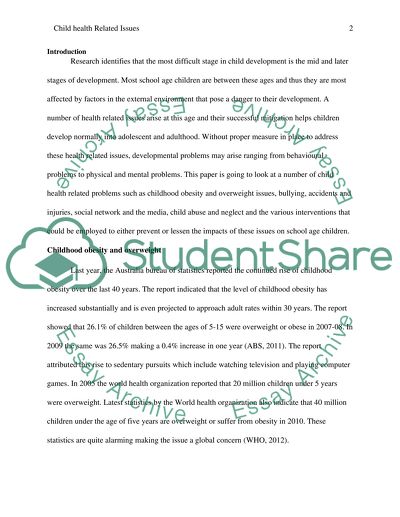Cite this document
(“A discussion on Health Related Issues and Interventions for School Age Research Paper”, n.d.)
Retrieved from https://studentshare.org/nursing/1399586-keeping-school-age-children-healthy
Retrieved from https://studentshare.org/nursing/1399586-keeping-school-age-children-healthy
(A Discussion on Health Related Issues and Interventions for School Age Research Paper)
https://studentshare.org/nursing/1399586-keeping-school-age-children-healthy.
https://studentshare.org/nursing/1399586-keeping-school-age-children-healthy.
“A Discussion on Health Related Issues and Interventions for School Age Research Paper”, n.d. https://studentshare.org/nursing/1399586-keeping-school-age-children-healthy.


